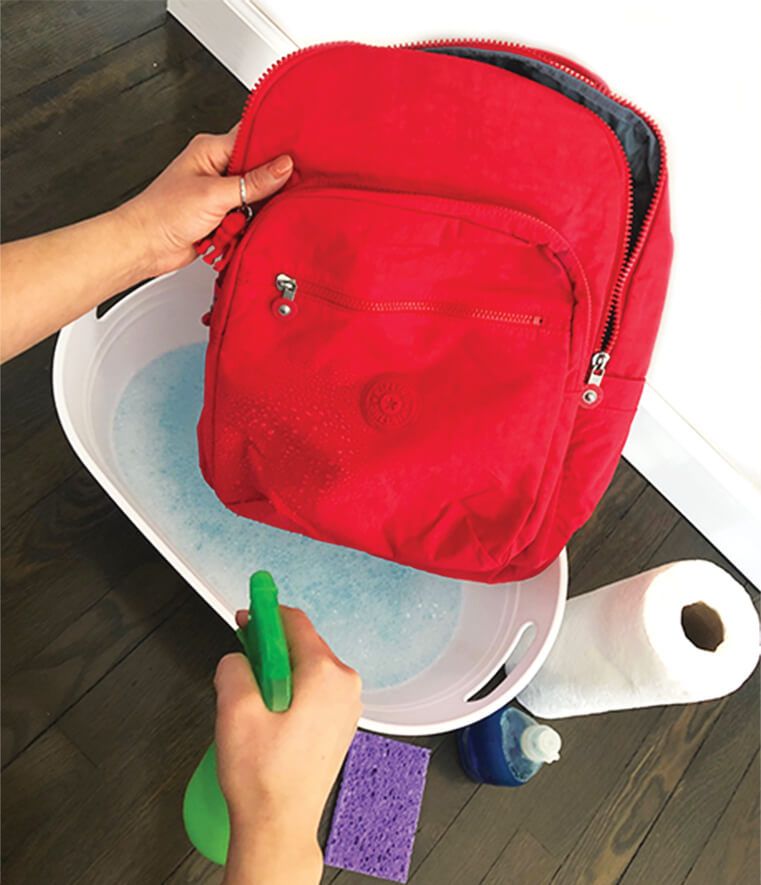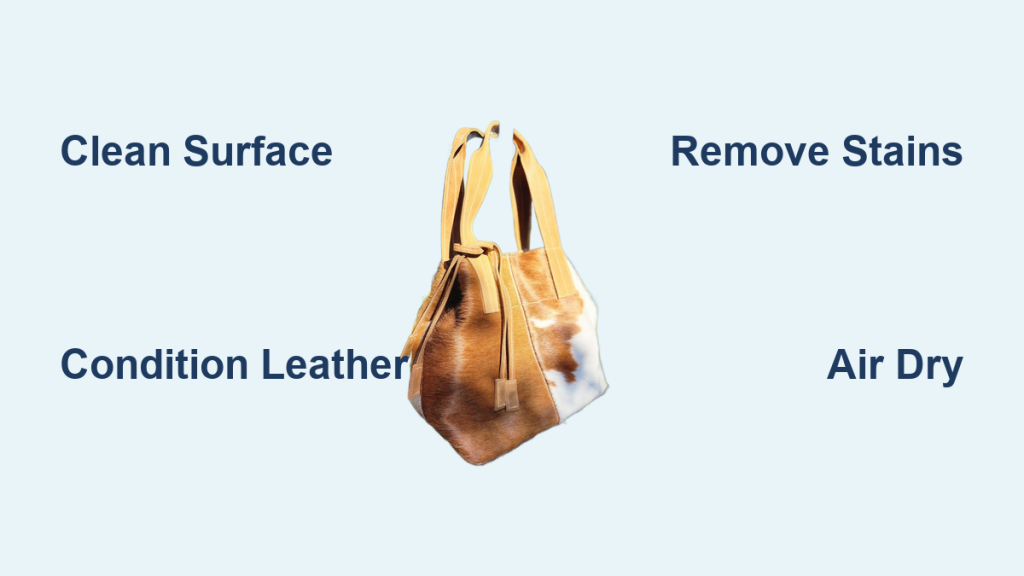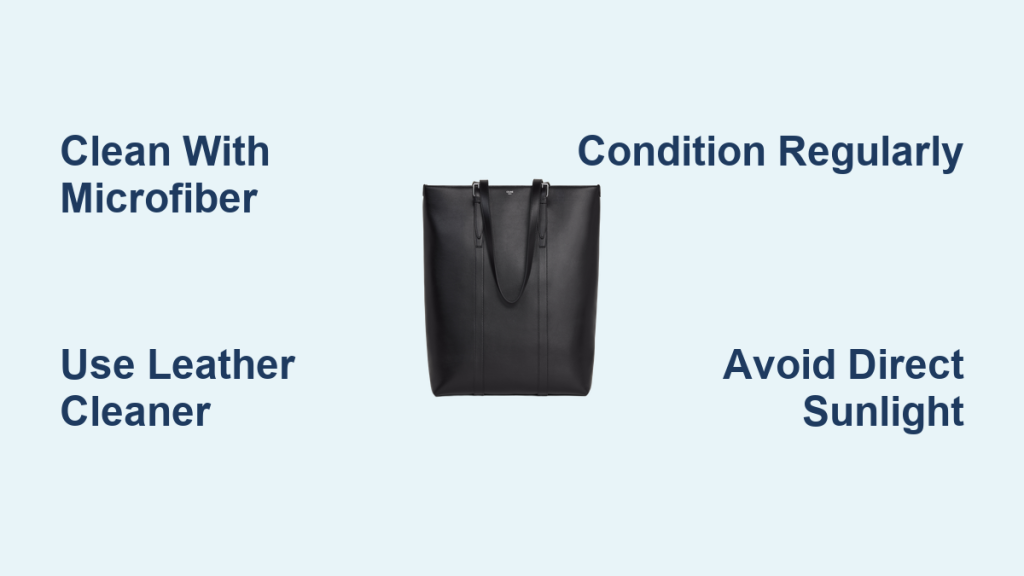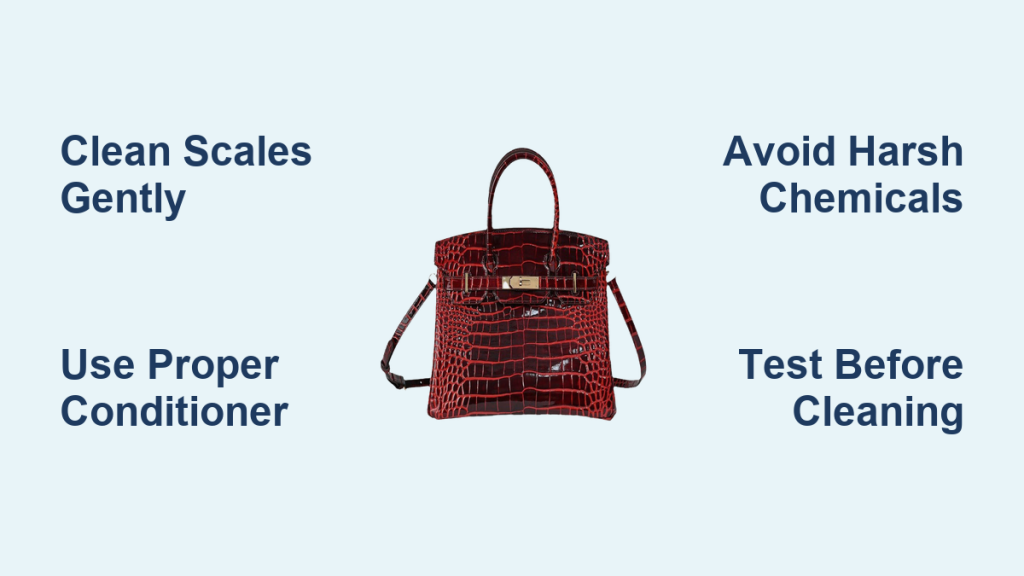Is your favorite Kipling nylon bag looking a little worse for wear? Scuffs, dirt, and stains can quickly accumulate, making your once-bright bag appear dull and tired. Don’t worry, restoring your Kipling bag to its former glory is easier than you think! A simple soap and water solution can often do the trick, and this guide will walk you through a comprehensive cleaning process to get your bag looking like new.
This guide goes beyond a quick wipe-down. We’ll cover everything from spot cleaning minor marks to a full, deep clean for heavily soiled bags. You’ll learn how to tackle different types of stains, protect your bag for the future, and even address specific concerns like cleaning the lining and hardware. By the end of this article, you’ll be equipped with the knowledge to confidently maintain your Kipling bag and keep it looking its best for years to come.
Understanding Kipling Nylon and Cleaning Considerations
Kipling bags are known for their durable, lightweight nylon material. However, even nylon requires careful cleaning. Here’s what you need to know:
- Nylon is relatively easy to clean: It’s water-resistant and doesn’t easily absorb stains.
- Avoid harsh chemicals: Bleach, strong detergents, and abrasive cleaners can damage the nylon and fade the color.
- Colorfastness: While Kipling nylon is generally colorfast, it’s always a good idea to test any cleaning solution on an inconspicuous area first.
- Hardware Care: Zippers, buckles, and other hardware require gentle cleaning to avoid scratches or corrosion.
Materials You’ll Need
- Mild liquid dish soap (like Dawn)
- Warm water
- Soft-bristled brush (old toothbrush works well)
- Microfiber cloths (several)
- Spray bottle (optional)
- Leather conditioner (for leather accents, if any)
- Magic Eraser (for stubborn scuffs – test first!)
Step-by-Step Cleaning Process

Phase 1: Preparation
- Empty the Bag: Remove all contents from your Kipling bag.
- Surface Dusting: Use a soft brush or a dry microfiber cloth to remove loose dirt and debris from the exterior. Pay attention to seams and pockets.
- Lining Check: Turn the bag inside out and shake out any remaining crumbs or particles. If the lining is heavily soiled, address it separately (see section on Cleaning the Lining).
Phase 2: Gentle Cleaning
- Prepare the Cleaning Solution: Mix a few drops of mild dish soap with warm water in a bowl or spray bottle. Avoid creating excessive suds.
- Apply the Solution: Dampen a microfiber cloth with the cleaning solution. Gently wipe down the entire exterior of the bag, working in circular motions. Avoid saturating the nylon. If using a spray bottle, lightly mist the bag and immediately wipe it down.
- Scrub Stubborn Areas: For scuffs or dirt that doesn’t lift easily, use a soft-bristled brush (like an old toothbrush) dipped in the cleaning solution. Gently scrub the affected area, being careful not to apply too much pressure.
- Rinse (Important!): Dampen a clean microfiber cloth with plain warm water and wipe away any remaining soap residue. This is crucial to prevent a sticky buildup.
Phase 3: Drying and Finishing
- Air Dry: Allow the bag to air dry completely. Do not use a hairdryer or place it in direct sunlight, as this can damage the nylon. Shape the bag as it dries to help it maintain its form.
- Hardware Shine: Once dry, use a clean microfiber cloth to polish the zippers, buckles, and other hardware. For tarnished hardware, a very small amount of metal polish can be used (test first!).
- Leather Care (If Applicable): If your Kipling bag has leather accents, apply a leather conditioner to restore moisture and prevent cracking.
Tackling Specific Stains

- Ink: Dab the stain with rubbing alcohol on a cotton swab. Gently blot – do not rub – to avoid spreading the ink. Follow with the gentle cleaning process.
- Grease/Oil: Sprinkle baking soda onto the stain and let it sit for 30 minutes to absorb the oil. Brush off the baking soda and then clean with the soap and water solution.
- Mud: Allow the mud to dry completely. Brush off as much dried mud as possible, then clean with the soap and water solution.
- Scuffs: A Magic Eraser can work wonders on scuffs, but always test it on an inconspicuous area first, as it can be abrasive.
Cleaning the Lining
The lining of your Kipling bag can accumulate dirt and odors. Here’s how to clean it:
- Turn the Bag Inside Out: This provides easier access to the lining.
- Vacuum: Use a handheld vacuum with a brush attachment to remove loose debris.
- Spot Clean: For stains, mix a small amount of mild detergent with warm water and gently dab the stained areas with a microfiber cloth.
- Air Dry: Allow the lining to air dry completely before turning the bag right-side out.
Pro Tips for Kipling Bag Care

- Preventative Spray: Consider using a fabric protector spray designed for nylon to help repel water and stains.
- Regular Dusting: Make dusting your Kipling bag a part of your regular cleaning routine to prevent dirt buildup.
- Storage: When not in use, store your Kipling bag in a dust bag to protect it from dust and scratches. Avoid storing it in direct sunlight or humid environments.
- Zipper Maintenance: Lubricate zippers with a silicone-based zipper lubricant to keep them running smoothly.
- Don’t Overstuff: Overfilling your bag can stretch the nylon and damage the seams.
When to Seek Professional Help
While most Kipling bags can be cleaned at home, consider professional cleaning in these situations:
- Severe Stains: If you’ve tried several methods and can’t remove a stubborn stain.
- Delicate Materials: If your bag has intricate details or delicate materials that you’re unsure about cleaning yourself.
- Significant Damage: If the bag has torn seams or other significant damage.
FAQ
Q: Can I machine wash my Kipling bag?
A: While some Kipling bags may be machine washable on a gentle cycle, it’s generally not recommended. Machine washing can damage the shape and structure of the bag. Hand washing is always the safest option.
Q: What if the color fades after cleaning?
A: Fading can occur if harsh chemicals are used or if the bag is exposed to direct sunlight during drying. Always test the cleaning solution on an inconspicuous area first and air dry the bag in a shaded area.
Q: How do I remove odors from my Kipling bag?
A: Sprinkle baking soda inside the bag, let it sit overnight, and then vacuum it out. You can also place an open box of baking soda inside the bag for a few days to absorb odors.
Q: Can I use bleach on my Kipling bag?
A: No! Bleach can damage the nylon and cause discoloration. Avoid using bleach or any strong cleaning agents.
Keep Your Kipling Bag Looking Its Best
By following these steps, you can keep your Kipling nylon bag clean, protected, and looking its best for years to come. Remember that gentle cleaning and preventative care are key to maintaining the durability and vibrant appearance of your favorite bag.
Have you successfully cleaned your Kipling bag using these methods? Share your experience and any additional tips in the comments below!




